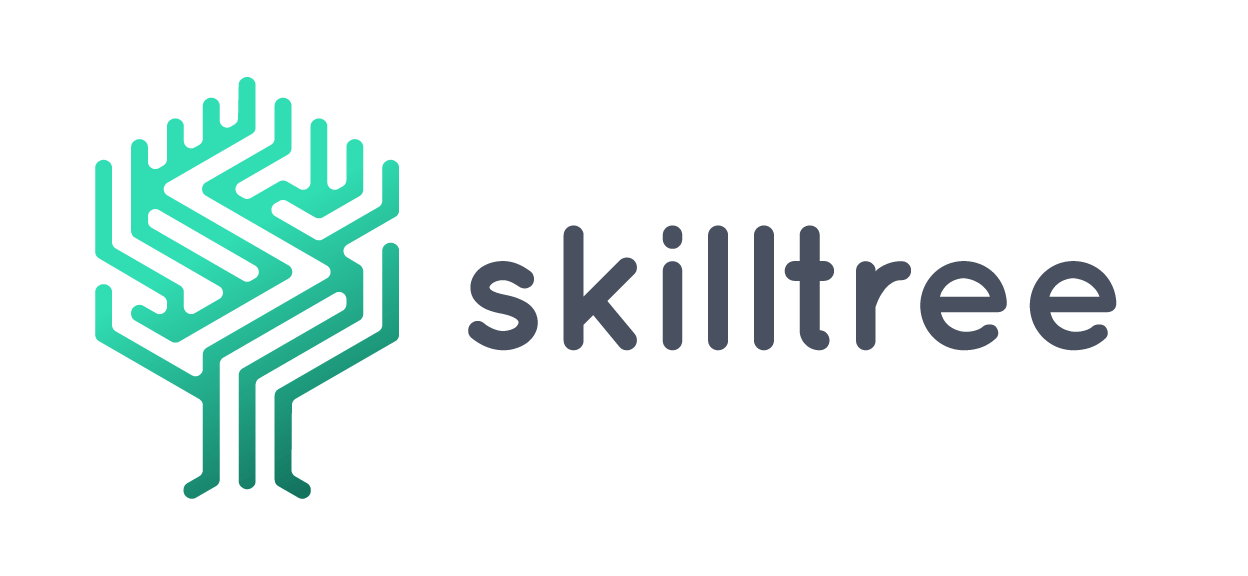Whether in recruiting, talent management, or knowledge management – the management of competencies contributes significantly to the company’s success and is often seen as an investment in the future. But what exactly is competence management? What are the tasks of competence management and what are its advantages? When exactly is it used and when is it needed?
In short, competency management can be explained as follows:
Competence management should provide the necessary skills for strategy implementation at the right time and in the right place, subject to the suitability and authority of people and teams. Thus, it can be classified as part of strategic HR management. Among other things, it serves as a function for identifying talents, potentials and performance reserves; identifying core competencies and tapping into competence gaps in the organisation.
To go into more detailon the concept of competence management the definition just described is explained in more detail in the next paragraph. You can also read the next article on the distinction between skills management vs. competence management.
Definition
Competence management is made up of the terms competence and management.
The term competence is defined in many different ways in the literature. In summary, however, it can be said that Competence means to be suitable, capable or authorised to do something. This combines knowledge, skills and abilities, which are defined according to norms, attitudes and values.
Under Management in an institutional context, it is understood to mean the managing person or a group of persons who perform managerial functions of a company. Among other things, these functions include setting the goals of the organisation, developing strategies to achieve the goals, organising and coordinating the factors of production and managing the employees.
In summary, competency management pursues the goal of making the necessary skills available at the right time and in the right place for strategy implementation and can thus be classified as strategic HR management.
Tasks
As just mentioned, strategic tasks are carried out in competence management. Examples of this would be:
-
- Identify talents, potentials and performance reserves by assessing employee and team competences
- Identifying core competencies
- Modelling competency profiles
- Tapping into skills gaps
- Harmonise competence resources with strategic business objectives
- Create competence requirements for the accomplishment of current and future tasks
What are the advantages of competence management?
A lot of valuable information is gathered by constantly maintaining and updating staff competencies, which can subsequently bring the following benefits:
-
- Competitive advantages
- Increased transparency for the organisation and for employees
- Better assessment of the competencies of staff and teams
- Identifying and closing skill gaps
- Continuous improvement in the use of human resources
- Specify the company’s internal talent pool to counteract the shortage of skilled workers
- Targeted recruiting
When and how should it be used?
Before clarifying how, one should clarify when competence management should be used.
When?
In order to practice and benefit from managing competencies effectively, it is necessary to work with them in the long term. It is not an issue that can be integrated into a company in a short period of time. Therefore, an organisation should first ask itself some questions before deciding to introduce competence management – such as:
-
- What do we need competence management for?
- What should improve through the introduction of competence management?
- What benefits do we want to derive from competence management?
After answering these questions, the required framework conditions should be analysed. In order to implement competence management effectively, trust between the actors is necessary. Furthermore, freedom and the possibility for employees to make their own effective decisions are important factors. These not only contribute enormously to the intrinsic motivation of employees, but also to an ever-growing and evolving corporate culture. This can lead to competitive advantages which in turn secure competitiveness.
Now, the how can be clarified.
How?
Competence management is seen as the basis for the central tasks of human resource management. Talent management, succession planning and securing the future of the company are among these tasks. Therefore, professional competence management software is often purchased to complement the existing HR software portfolio. In contrast to analogue solutions, this takes up less of the HR department’s time and resources. This is because information and results no longer have to be compiled in writing on paper. Furthermore, the software makes it easier to analyse and compare employees and their competencies. This reduces the risk of subjective and incomprehensible actions.
The adaptability to individual wishes of the organisation plays an important role in the initial implementation of competence management software. It is important to be able to really benefit from the software later on. Further down the line, the time needed for continuous maintenance and updates of staff competencies needs to be considered. This is important in order to facilitate future-oriented work through the system.
To get a better picture of a professional skills management software, you can get free access to the software Skilltree here.
References:
M. Mühlbacher, Kompetenzmanagement als Grundlage strategischer Wettbewerbsvorteile. Wien: Linde, 2007.
Gabler Wirtschaftslexikon. https://wirtschaftslexikon.gabler.de/definition/management-37609. Aufgerufen: 2021
